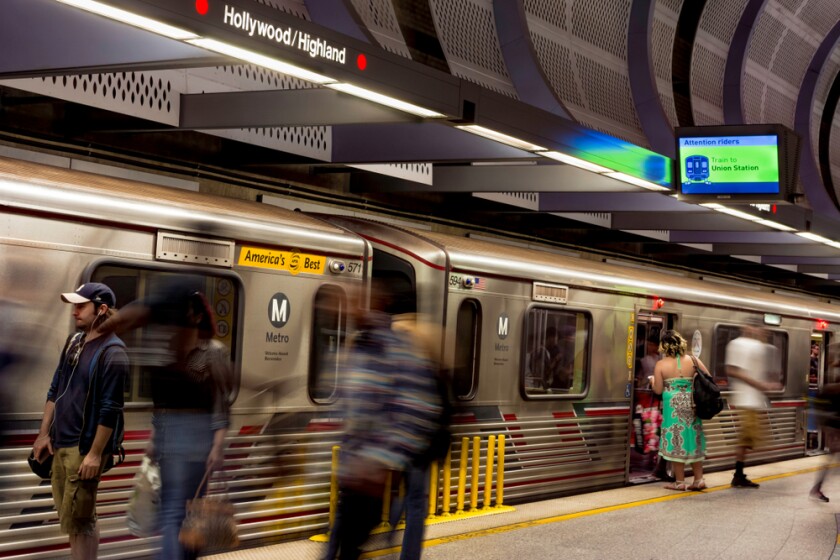In Brief:
Transit agencies that cap monthly fares, letting riders board for free after paying for enough single rides to match the cost of a monthly pass, may see overall increases in ridership, according to new research.
In a paper published in the journal Transport Policy, researchers at the University of Tennessee - Knoxville analyzed the impacts of new fare technology and fare policies on system-level ridership. The paper, The app or the cap? Which fare innovation affects bus ridership?, focuses on the ridership impacts of three innovations in the years leading up to the COVID-19 pandemic: the introduction of app-based fare payments, daily fare-capping and monthly fare-capping. Agencies introduced those policies for a range of reasons, from making boarding run more smoothly to improving fare equity, and derived a range of benefits from them. But only monthly fare-capping appeared to affect overall ridership to a significant degree, according to the research. The paper could add momentum to a trend that is already accelerating in the U.S. and provide more incentive to agencies searching for ways to build ridership after the pandemic.
Making Fares More Equitable
Transit agencies have been steadily implementing fare-capping policies for years. Los Angeles Metro and the Metropolitan Transportation Authority in New York, two of the biggest transit agencies in the country, implemented fare-capping policies in the last few years, both citing equity as the primary reason. The research published in Transport Policy only looks at agencies that adopted the policies before the pandemic began.
Measuring Ridership Impacts
The researchers examined the impacts of fare-capping by looking at ridership trends at the 50 largest transit agencies in the U.S. between 2012 and 2019. Twenty-two agencies adopted daily fare-capping in that time, and three adopted monthly fare-capping. Controlling for other variables like service quality at individual agencies, fluctuating gas prices and the rise of ride-sharing services, the researchers sought to isolate the effects of fare-capping policies on ridership. They found that daily fare-capping policies didn’t move the needle on ridership much, but monthly fare-capping was “associated with significant ridership gains.”
The authors hypothesize that the effect could be partly explained by the perception that additional rides are “free” after a rider meets the monthly cap. Fare elimination and fare subsidies have been shown to encourage people to take more nonessential trips. In the wake of the pandemic, transit agencies are struggling with dire financial circumstances stemming from the loss of fare-paying riders. But they’re also dealing with upticks in antisocial behavior and perceptions of danger, partly because fewer people are in buses and train cars.
It will take additional studies to understand how fare-capping affects transit agencies’ bottom line. Those studies will be complicated by the unique shock of the pandemic, with some agencies adopting capping policies before the onset and others following suit since. But the study provides evidence that in addition to the intended benefits, monthly fare-capping may also promote more transit use.
“People know that fare-capping improves equity — that’s by design,” Ziedan says. “Now we see that there is a potential for increased ridership. The third thing is, at what price?”
Related Articles













